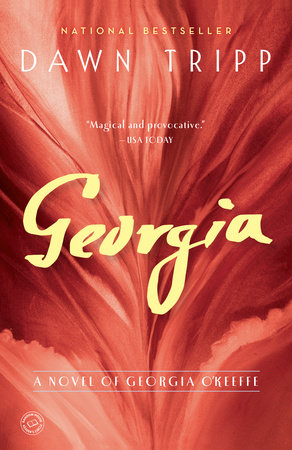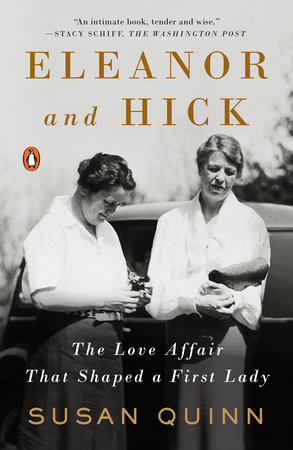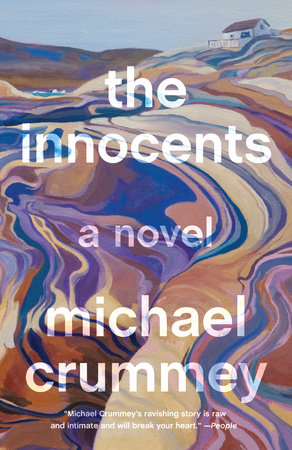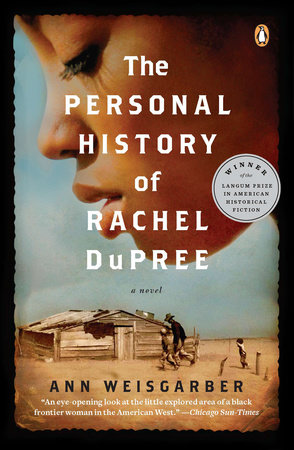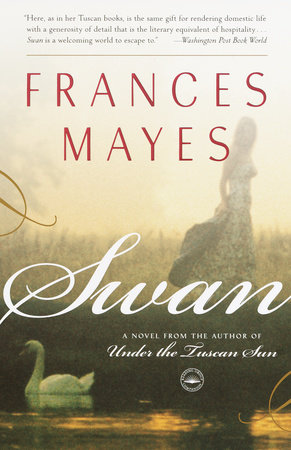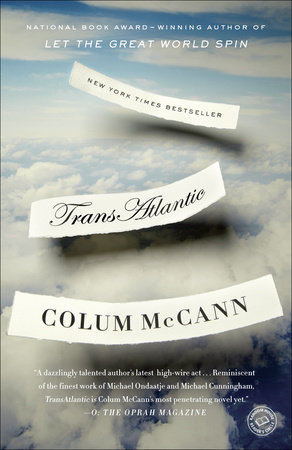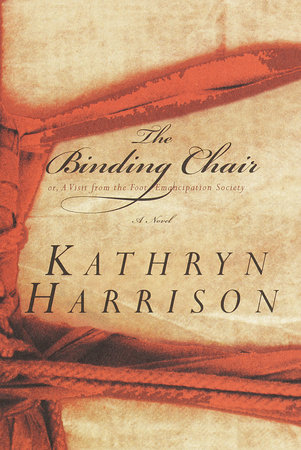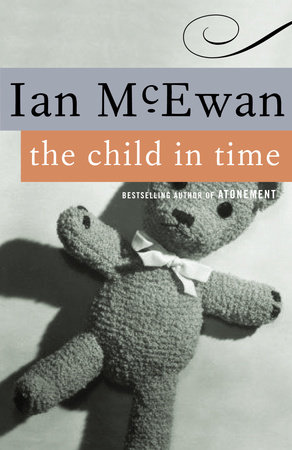Author Q&A
Q: The common American perception of an Arab harem is that it is a "personal cache" of women scantily clad in belly-dancer costumes lounging around and waiting to sexually service the man they "belong" to. In fact, the actual definition of a harem is very different. Could you talk a little bit about what "harem" really means? Why do you think Americans have such a negative perception of the harem?
A: Firstly, a’harem’ is a Turkish institution rather than an Arab one. As the Ottoman Turks were the rulers of the Islamic empire from 1512 to the end of World War I, their social institutions and patterns of life came to be imitated by the rest of the empire. The American perception of the harem is, I believe, a merger of white male fantasies that masqueraded as tales from the Orient in the 18th and 19th centuries plus a residue of fascination with the slave system prevalent in the States before the Civil War.
The word ‘harem’ itself derives from the Arabic root h/r/m which denotes a sacred or inviolable space. The ‘harem’ of a mosque is the space within its walls. The ‘harem’ of a university is its campus. The ‘harem’ of a man is his wife.
By extension the harem of a man included the women who lived in his house and–if you like–under his protection: the women who had rights upon him. So they could be his wife (or wives if he had more than one), his mother, his sister, his aunts, his daughters, his domestic servants–and his slaves or concubines if he had them. It was also the word used for the women’s quarters in the house–where no man could enter without permission–this included the master of the house.
I imagine the only harem that ever approximated the American fantasy would have been the harem of the Ottoman Sultan in Istanbul until World War I. And that harem, because of its uniqueness, exercised a powerful influence on the Arab imagination too. In other words, the American perception of the Arab harem is very similar to the Arab perception of the Sultan’s harem in Istanbul.
Notes:
Only great houses actually had harems–for obvious economic reasons.
Harems have disappeared as cultural ideas have changed, for example with the abolition of slavery, with women going out to work, with extended families no longer living together and with the social unacceptability of having more than one wife.
At worst a harem would be full of intrigue and jostling for position–rather like a Western girls’ boarding school of the time. At best it would be a working and supportive community of women.
Q: In The Map of Love, the harem is a positive and powerful tradition for women. The harem that the novel’s heroine, Anna Winterbourne, is a part of establishes a women’s newspaper, schools for children, and political activism. How realistic is this portrayal of harem life in the early part of the 19th century? Do harems serve a similar function today?
A: Very realistic. All women technically lived in the harem–the women’s part of the house. The entire women’s movement in all its manifestations came out of the harem.
Today, the harem as such does not exist. People live in apartments, not houses; in nuclear family units not extended ones. Where there is home help it is usually on a live-out basis. The ‘community of women’ exits, in the sense of women working together at various levels to provide support, but that is not very different from the West.
Q: The idea of the "veiled woman" figures prominently in the American perception of the Arab world, both past and present. Sometimes the veil is presented as an erotic image, as in the cult TV show I Dream of Jeannie, and in other instances it is portrayed as a debilitating, cruel way of repressing women. In fact, several American celebrities have taken up "the veil" as the cause of the moment. How would you describe and explain the veil?
A: The veil is a ‘construct.’ In essence it is a piece of fabric used by a woman to cover her hair, her hair and part of her face, or her hair and the whole of her face.
The interesting question is why do some women use it? What does using it denote? How does its use change from one period of history to another? From one Muslim society to another? How does its use vary between urban and rural women? How does it vary between the social classes? What degree of freedom does a woman have when she chooses to adopt a certain level of veiling? Or when she chooses not to veil? Or when she chooses to discard the veil after she has adopted it? What is each Muslim woman signaling to the world by wearing a veil? Or not wearing a veil? In other words, you can deconstruct it as you can deconstruct any item of clothing, and indeed it cannot be analyzed separately from its context.
For example:
1. A thoroughly top-to-toe black-veiled woman in stiletto heels sashays through a shopping mall in Riyadh, Saudi Arabia.
2. A woman in a pistachio-green hair-veil festooned with braids, a long loose green dress and white medium-heeled sandals, her face fully made up, sits in a Cairo coffee-shop with a young man.
3. A dancer, in a belly-dancing costume, a red veil drawn across the lower half of her face, undulates and quivers on an Istanbul stage to the beat of the tabla.
4. A young woman in a white hair-veil, a scrubbed face, loose jeans, sweatshirt and sneakers hurries into the university library in Bir Zeit, Palestine, with an armful of books.
5. A lady of sixty, in a chic black overcoat, pale stocking and black shoes, her hair covered by a crepe-de-chine veil held in place by a discreet diamond pin, wearing very light make-up walks into the elevator of a ’30s apartment building in Garden City, Cairo.
6. A woman in an all-covering loose black tent slinks furtively alongside a wall in Kabul, Afghanistan in 1998.
I could dream up another twenty. In each case, the veil is saying something different. Beware of easy explanations and don’t hold positions on something you don’t understand.
Q: Do many modern Egyptian women wear veils? Are they aware of America’s idea that Arab women "need" to be "saved" from the veil? What do Egyptian women think about that?
A: The veil has made a comeback in Egypt in the last twenty years or so. Mostly it is a statement of identity, a protest against cultural globalization, an opposition–it must be said–to the suggestion that Western model is the only model available for women in modern times.
It follows, therefore, that any American or Western attempts to ‘save’ Egyptian women from the veil are seen–by Egyptian women–as at best muddleheadedly patronizing, and at worst, aggressively neo-colonial.
Q: How does the veil figure in The Map of Love? Was it something you thought about while writing the novel?
A: Part of what The Map of Love is about is to show the inner workings of Egyptian society or an Egyptian household at the beginning of the twentieth century. Anna Winterbourne, our English heroine, is captivated–while in London–by Frederick Lewis’ paintings of Egyptian domestic interiors. I, too, love those paintings. I wanted to take Anna into one of those interiors and make her become part of it–bring it all to life.
The veil was very much part of life then. When Anna is first introduced to the veil it makes it possible for her to move about freely without being recognized. It is therefore an agent of her liberation rather than an instrument of repression as she had imagined it to be.
I think that part of what The Map of Love does is to turn upside down, or at least to give a different perspective on western notions about Egypt, about the Arab world, about Islam–and among all this about the veil. It does not set out to do this deliberately. It’s something that comes about naturally because the novel gives a ‘true’ description of these things as they actually are in our own–Egyptian–consciousness.



